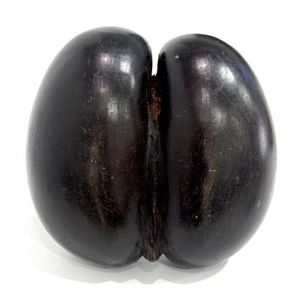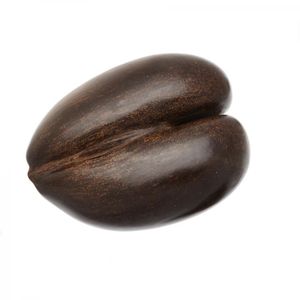Coco De Mer: The World's Largest Seed
You must be a subscriber, and be logged in to view price and dealer details.
Subscribe Now to view actual auction price for this item
When you subscribe, you have the option of setting the currency in which to display prices to $Au, $US, $NZ or Stg.
This item has been included into following indexes:
Visually similar items

A unique Coco de Mer, in the natural shape with a carved scalloped edge, Seychelles Archipelago, Indian Ocean, with the centre divided as a basket, legend has it that the male and female seed pods embrace each other on a stormy night to produce this rare s

Estelle Martin. Anagama fired vase of ovoid shape. Height 28 cm

Chris Sanders, circular bowl with red oxide glaze, 33 cm wide

A white Jade border, 20th century, 8.5 cm long, 5.5 cm wide
